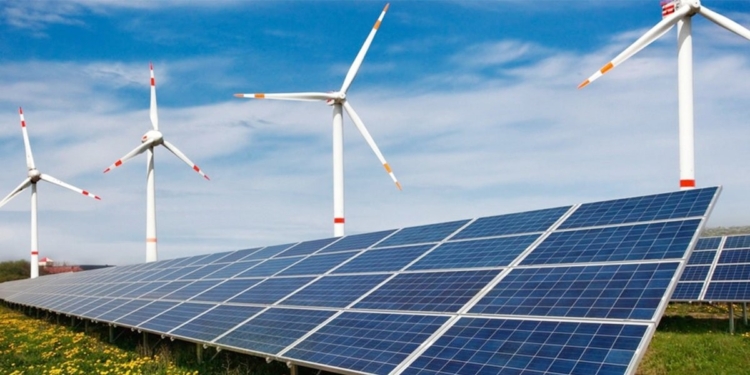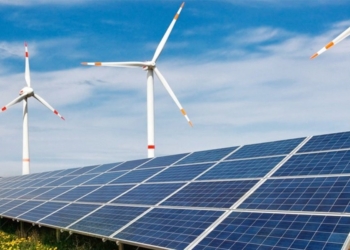Faced with an energy deficit estimated at 60% at the end of 2024, Tunisia is trying to regain control of its energy future.
Speaking this Friday, October 24, 2025 on National Radio, Abdelhamid Gannouni, director of energy efficiency in the transport sector at the National Agency for Energy Management (ANME), unveiled the broad outlines of the national energy management strategy, which outlines an ambitious roadmap: reducing energy consumption by 30% by 2030 and increasing the share of energy to 35%. renewable energies in the mix electric.
According to Gannouni, large wind projects will come into service before 2030, complementing the boom in solar which represents the pillar of this transition. The stated objective is clear: transform the Tunisian energy model to reduce dependence on fossil fuels and contain national demand.
But this ambition requires heavy investments, intersectoral coordination and a real change in the country’s energy uses.
Horizon 2035: a half-renewable mix
The strategy extends beyond 2030, with a targeted reduction of 37% in energy consumption by 2035 and an electricity mix composed of 50% renewable energies. A bold course, which requires accelerating local production and improving energy efficiency in all sectors.
Transport, the main source of consumption
The transport sector absorbs 56% of national energy consumption, far ahead of buildings (27%) and industry (26%). Half of this energy powers private vehicles, underlines Gannouni, pleading for massive investment in electric mobility.
Without a transition to electricity and encouraging public policies, oil dependence will continue to weigh heavily on economic balances.
Also read:





